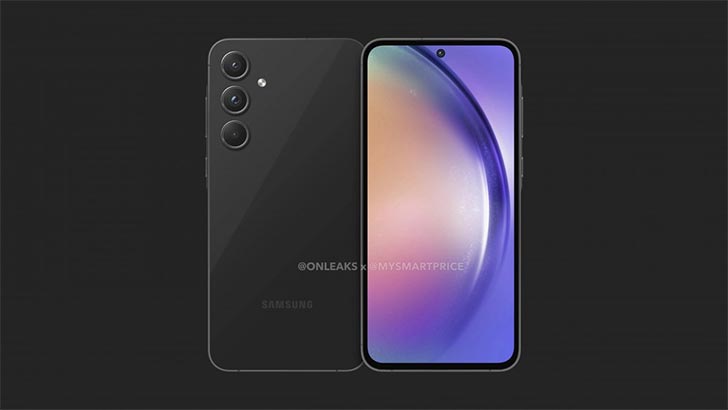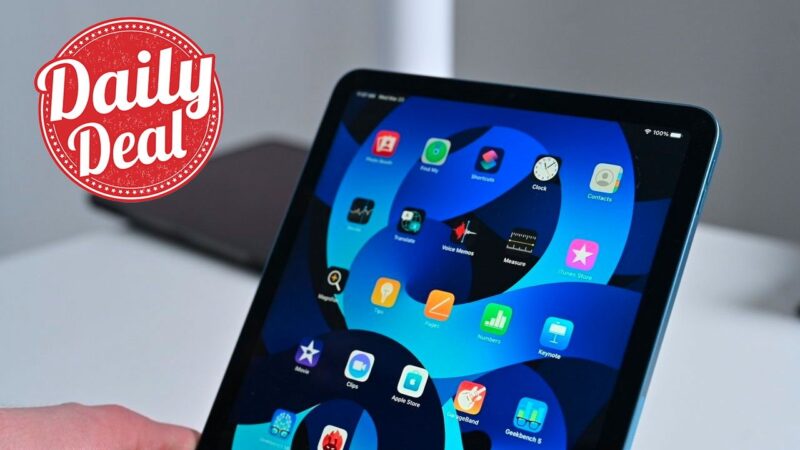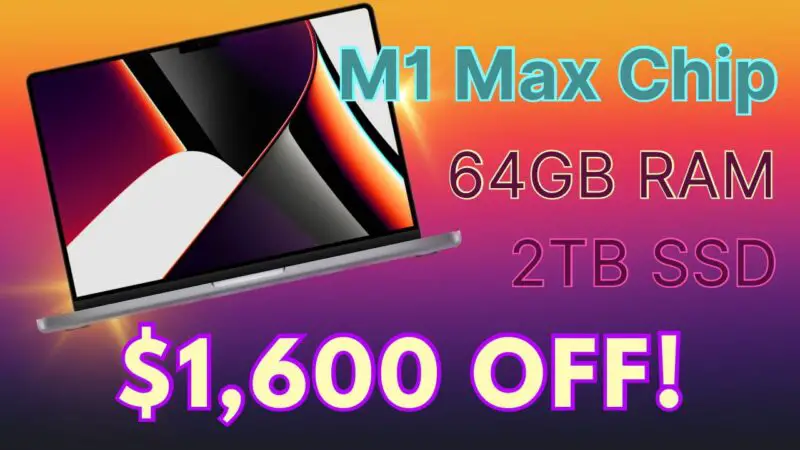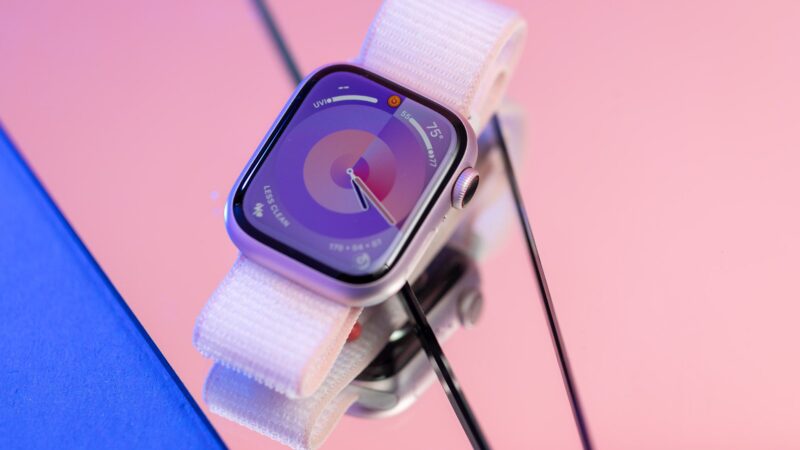The Google Chrome surfer on Android tablets is admit a major contemporize

Android on tablets is generally worse than any iPad, but Google is slowly trying to change that. Users of the Google Chrome browser on Android tablets are now seeing a significant improvement that makes the ISP experience more similar to that of an analog computer.
Google announced that the Chrome web browser will now use the desktop UI and “premium tablet” properties instead of the mobile UI, which is the default behavior in both cases. These older websites carefully check the user agent string to display the desktop version instead of the phone account. The window size also adapts to the tablet screen, initially set to 980 pixels wide as before [main dialect] This is enough so that the Chrome user on the iPad is not affected by this.
fits Google’s definition of a high-end tablet with at least a 10-inch screen and at least 8GB of RAM. This means that smaller tablets like the Galaxy Tab A8 or Nokia T10 will continue to use mobile websites by default. You can still manually switch to desktop mode using the Chrome advanced menu (three dots) on any Android device, including your phone. “As larger and more powerful devices become available in the Android tablet ecosystem, we recognize that a desktop website can often provide a better experience than a mobile website,” Google said in a blog post. Low RAM doesn’t always encourage you to take advantage of the device’s large screen and other powerful features, which is why desktop mode is now the default mode on Accolade tablets.
Apple saw the same change in Safari on iPad tablets in 2019, so it’s a bit strange that Google waited so long to release Android tablets. The blog post claims that this is because “larger, more powerful devices are more accessible,” but what really changed was Google’s push for the Pixel tablet. Samsung has been selling large Android tablets with premium hardware for years, most recently with the Tab S9 series, and Lenovo and Xiaomi have also released tablets that are gaining recognition in different ways. Maybe it’s later than never?
Many websites benefit greatly from responsive design, they already display the desktop layout on tablets, but with this change more websites should work in desktop mode without an analogue computer with a whip.





